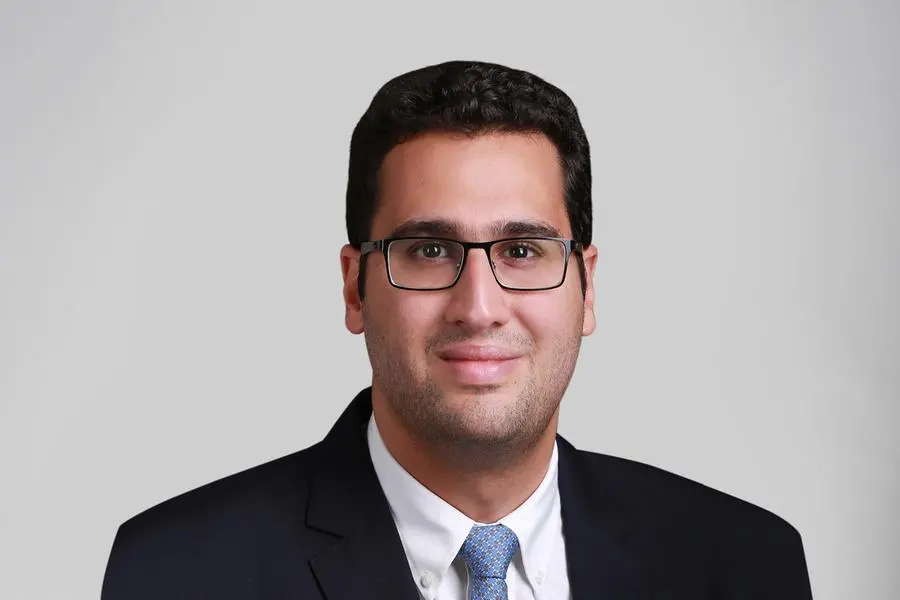The infant, Adam, suffered from a complex congenital heart defect.
The 11-hour corrective heart surgery was performed by using the “latest imaging devices” and 3D printing technology to accurately diagnose the patient’s condition and devise an appropriate surgical plan.
The malformations that were present in the boy’s heart involved “all cardiac levels from abnormal inflows to the heart, absence of a barrier between the ventricles and the atria, abnormal intracardiac valves and of the great arteries that were also originating from the wrong chambers”, the SKMC said in a statement.
Dr Mariam Butti Al Mazrouei, Chief Executive Officer, SKMC, said: “With a team of specialised ... surgeons, we were able to successfully perform corrective heart surgery locally, which otherwise would have to be performed overseas.”
Prior to surgery, the medical team developed a model of Adam’s heart using 3D printing technology in order to better understand the anatomy of his heart and blood vessels. This helped them plan and emulate the exact steps of the operation.
Tangible model
Dr Laszlo Kiraly, Division Chief and Consultant Cardiac Surgeon at SKMC, and the lead surgeon in this case, said: “Printing a tangible model of Adam’s heart before the surgery was a key factor in the success of the 11-hour procedure and guaranteed his safety throughout. Adam is one little hero among over 4,500 pediatric cardiac surgery patients operated at the SKMC.”
Following the surgery, Adam’s heart was connected to an Extracorporeal Membrane Oxygenation device. It draws blood from the body to allow artificial oxygenation with the aim of relieving the heart after long and complicated operations.
With the help of the device, that worked for approximately 200 hours, Adam received expert post-surgical care for three months, before being reunited with his family.
Copyright © 2020 Khaleej Times. All Rights Reserved. Provided by SyndiGate Media Inc. (Syndigate.info).






















